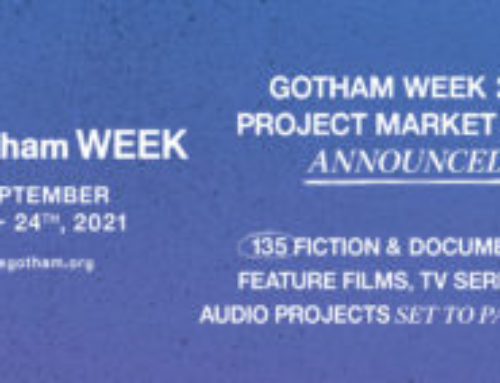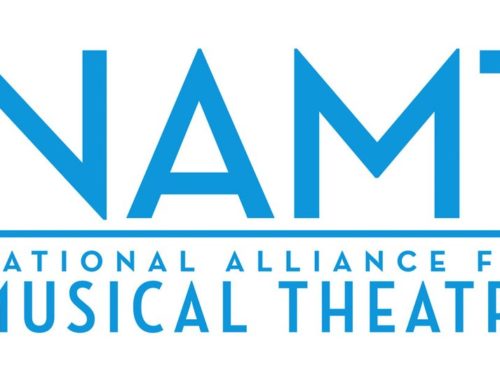The Triangle Lab recently sat down with Artist-Investigator Desdemona Chiang to discuss her QR code project. Read below for her discussion of technology, new play development, and participatory theatre.
Triangle Lab: Could you start with briefly describing your project?
Desdemona Chiang: Sure. The project is essentially a site-specific installation of QR codes in the SOMA neighborhood of SF. Each code uncovers a piece of a story that will take audiences on a journey through the area. It’s part theatre, part tour, part game.
TL: So did you initially envision this as an exploration of where or how?
DC: I initially thought of this as a how project, because I was really interested in the utilization of mobile technology and cell phones as a way of engaging audiences in storytelling. But the more I get into the project, the more I’m finding that it’s taking on a very strong “where” personality as well.
TL: How so?
DC: I’m realizing that while the piece is using QR codes as the form, the content is so specific to the locations–I’m working with two playwrights to create the story, and we’re connecting the locations of the QR codes to the plot, so it’s taking on a very San Francisco quality, almost like an introduction to the community via a play.
TL: What originally drew you to using QR codes for your project? Has your relationship with this new technology changed while working on this?
DC: I’m fascinated by how cell phones (smartphones in particular) have completely revolutionized social interactions. And it’s completely changed how we function as humans, and our sense of identity. My phone knows more about me than I do. It has all the contact info for my friends, it knows what my agenda is for the day, it has pictures of my family and loved ones–it remembers stuff about me so that I don’t have to. And I use my smartphone to text/talk to other people’s smartphones rather than actually calling and talking myself. It’s really interesting, this idea of the “virtual” me. So I wanted to see how this behavior could translate into storytelling. And QR codes were the most efficient and accessible method I could think of.
TL: Your project has a very strong participatory component—something that the Triangle Lab is very interested in exploring—how has this changed the way you approached this play in contrast with more traditional pieces (with little or no participatory elements)?
DC: This is the first time I’ve ever tried creating a theatre piece that is interactive, but strangely enough, I’m still developing it using the same tools I have for directing a straight theatre play. I’m still thinking about things like plot, action, how one event leads to the next event in the story. I guess the only difference is that the audience has the option of disengaging if they don’t like it instead of being stuck in the theatre for two hours.
TL: Do you foresee this experiment becoming a model for new play development (or a tool)?
DC: I hope so. I’m not sure what that future model is, though. What this project has the potential to do is take the burden of creation off of a single playwright, and make it more about crowd sourcing. One of the things I’m thinking about in the next incarnation of this project is how audience participation can change the story itself. I think I’ll know more about that once I see how people respond to this version. Trying to take things one step at a time.
TL: Thank you so much for taking the time to talk to me today, best of luck on the rest of your project!
DC: Of course–thanks for chatting with me!


